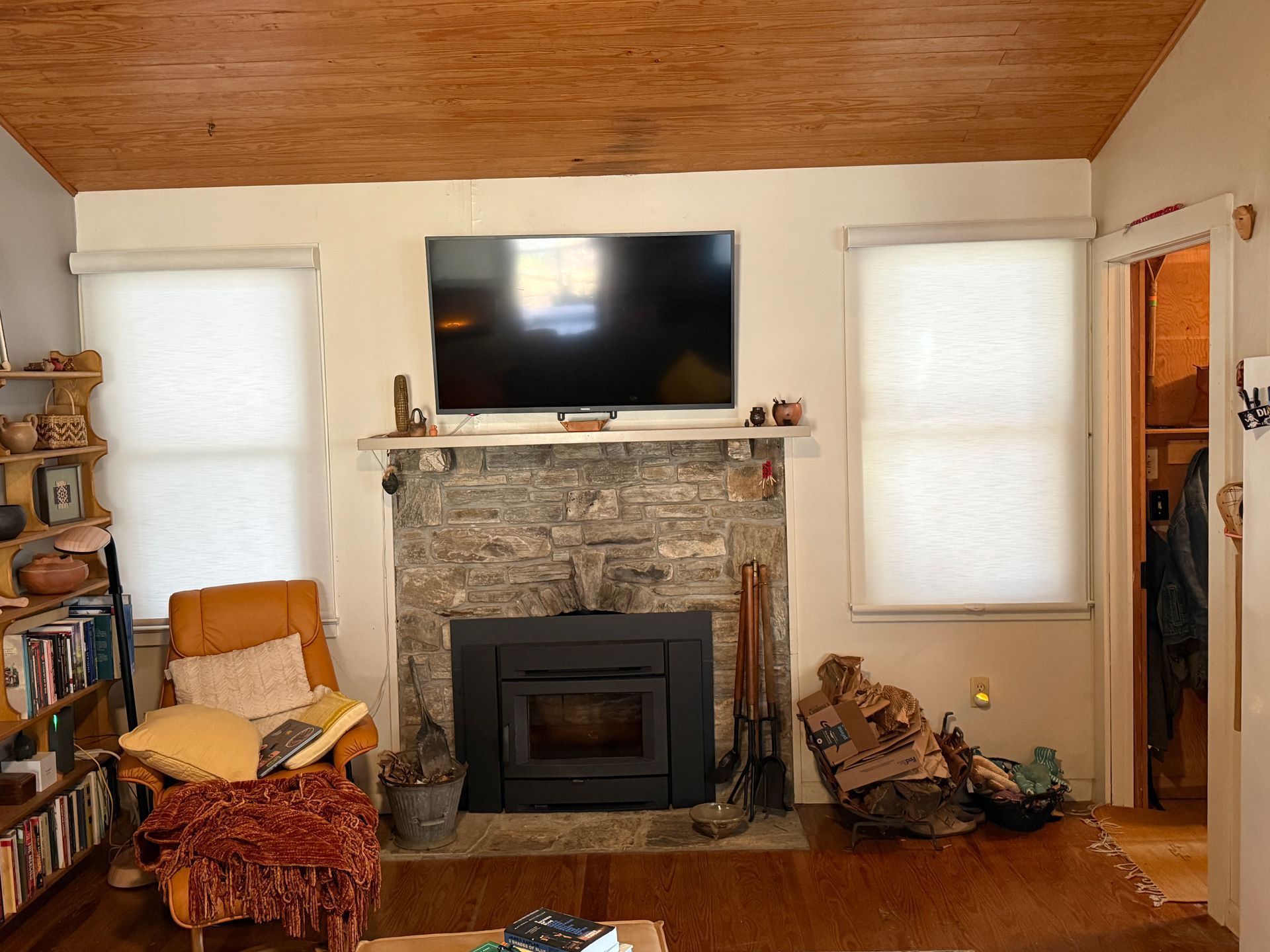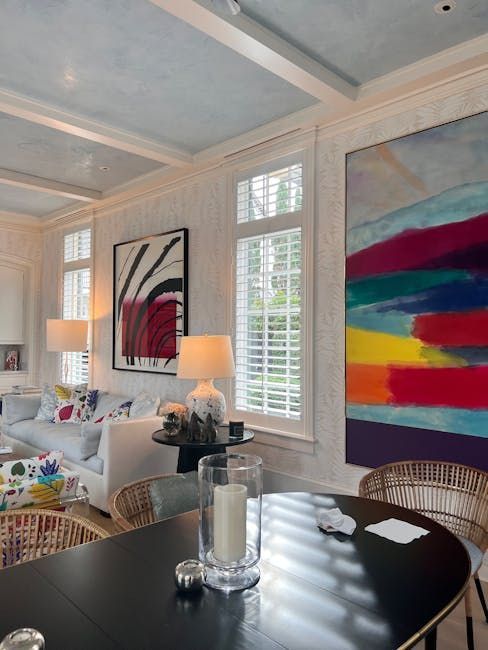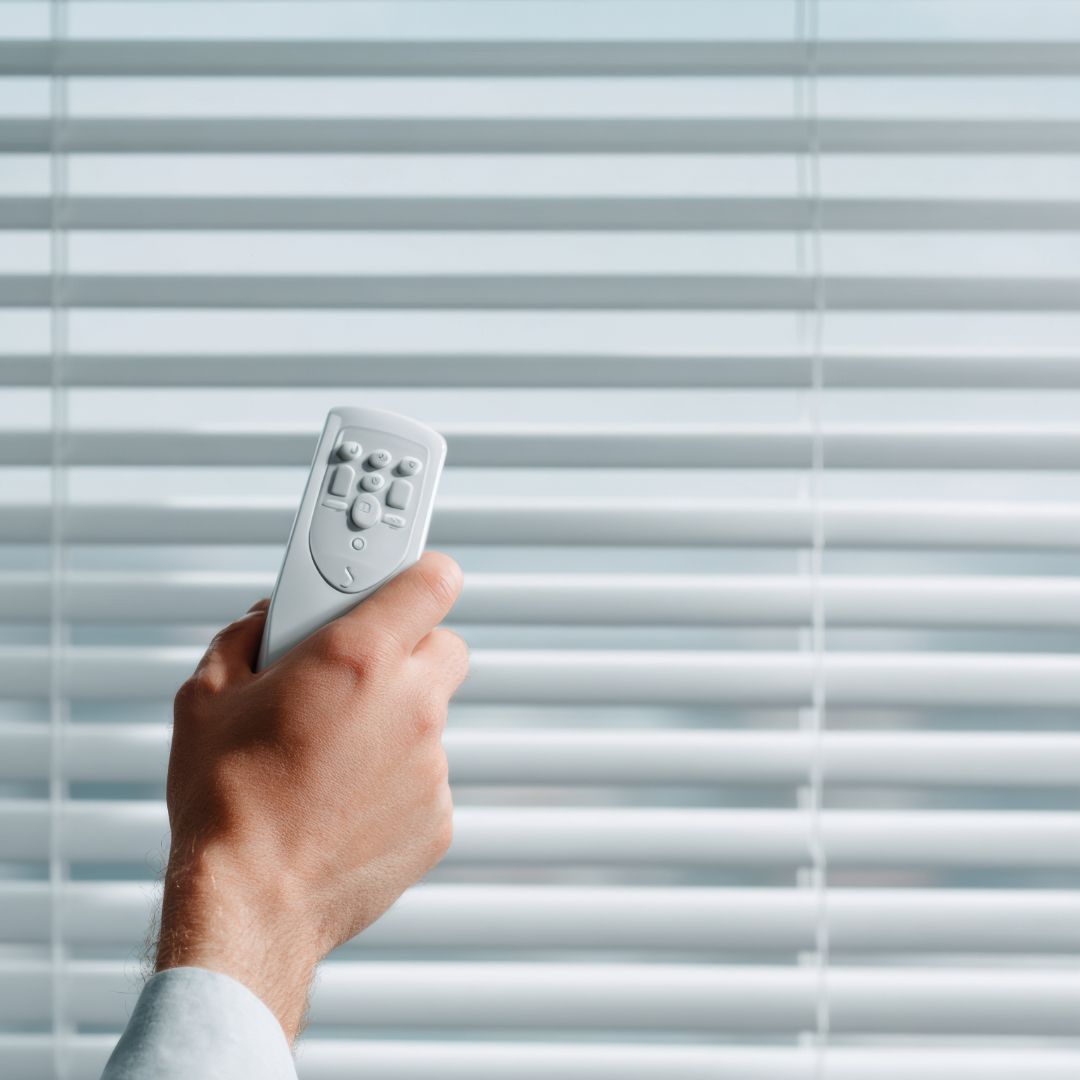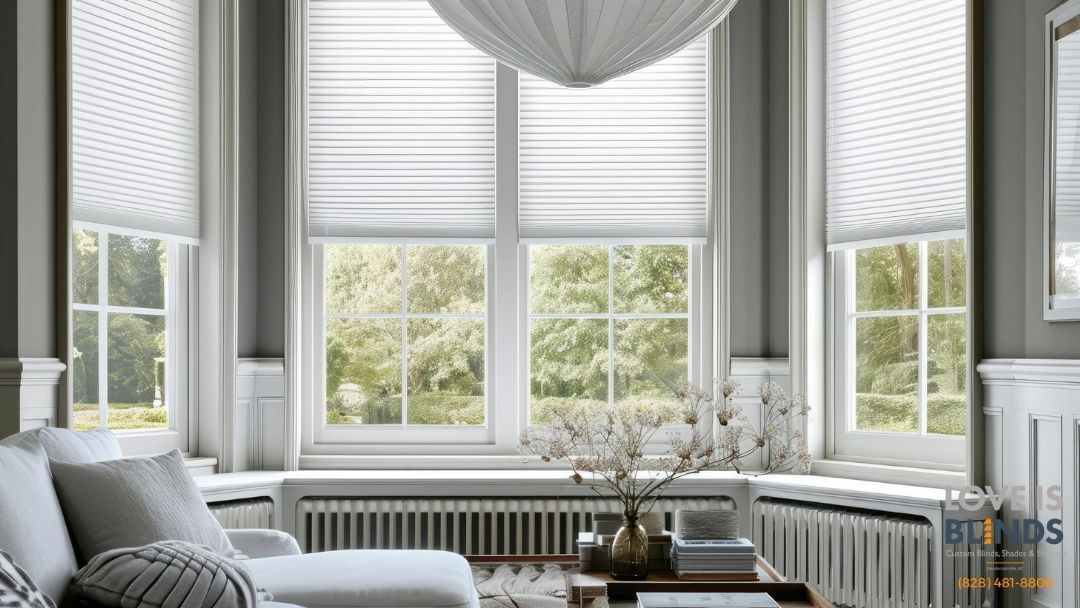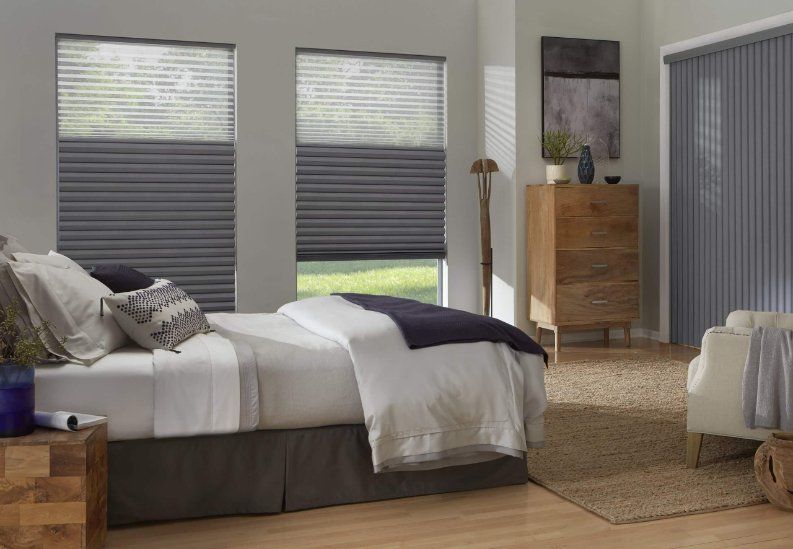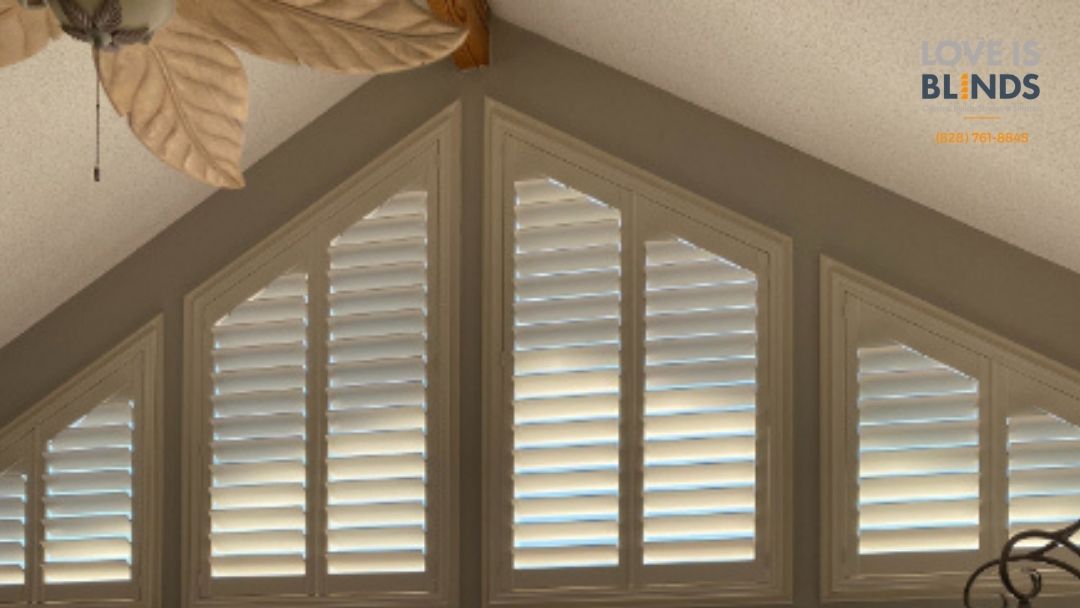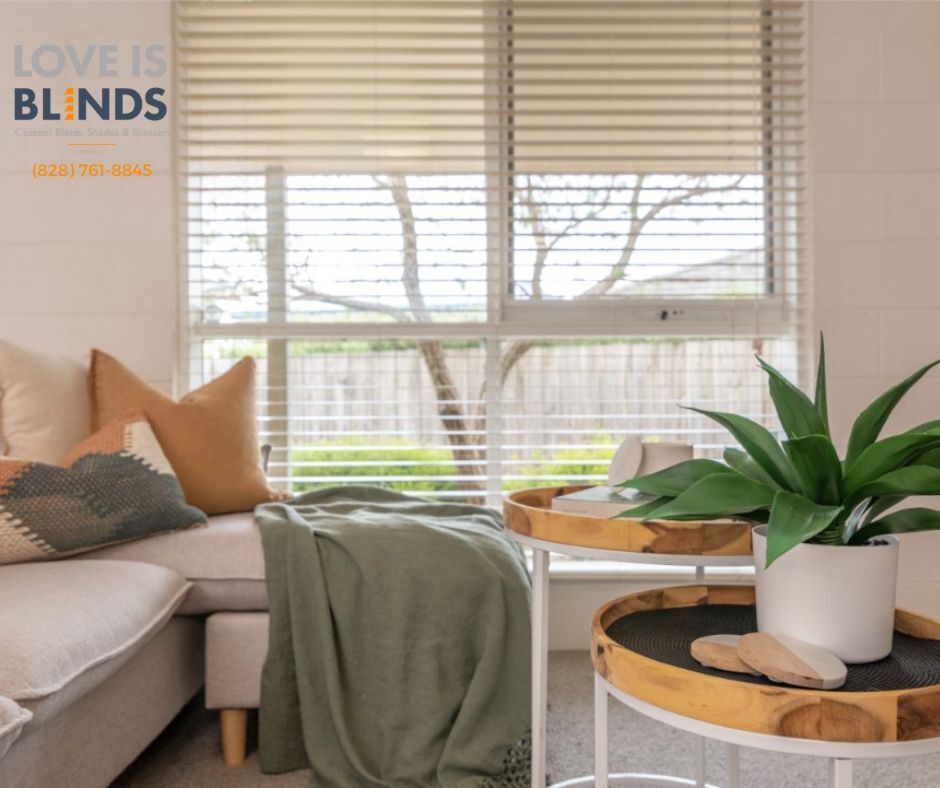Signs Your Blinds Are Hurting Your Interior Design (and What to Replace Them With)
TLDR;
Your blinds are hurting your interior design if they look worn, outdated, or no longer match your home’s style. Signs include fading, warping, broken mechanisms, poor light control, and clashing with your decor. Replacing them with modern options like roller shades, plantation shutters, or Roman shades will instantly refresh your space and improve both function and aesthetics. We proudly serve homeowners throughout North Carolina, including areas like zip code 28715.
Why Your Blinds Matter More Than You Think
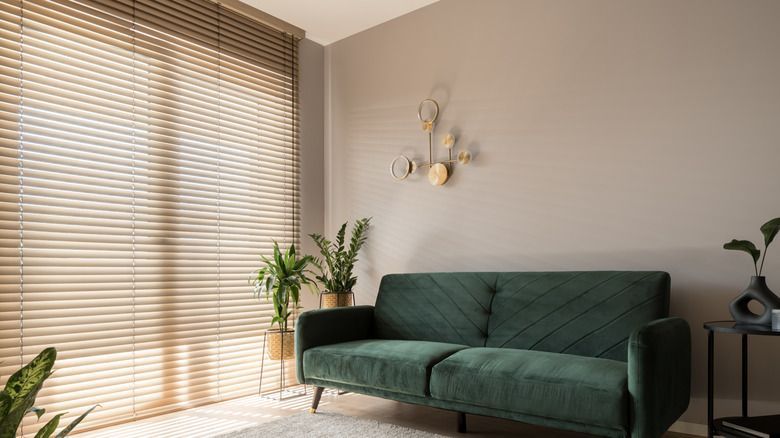
Blinds do more than block light. They shape the look, feel, and comfort of your home. Outdated or damaged blinds can make even the most stylish interiors feel tired and mismatched. At Love Is Blinds NC, we’ve seen how small updates in window treatments can completely transform a room. The right replacement brings cohesion, color balance, and functionality back to your space.
Signs Your Blinds Are Working Against Your Decor
When blinds stop complementing your home, they stand out for the wrong reasons. Watch for these issues before they start affecting your design balance.
Faded or Discolored Slats
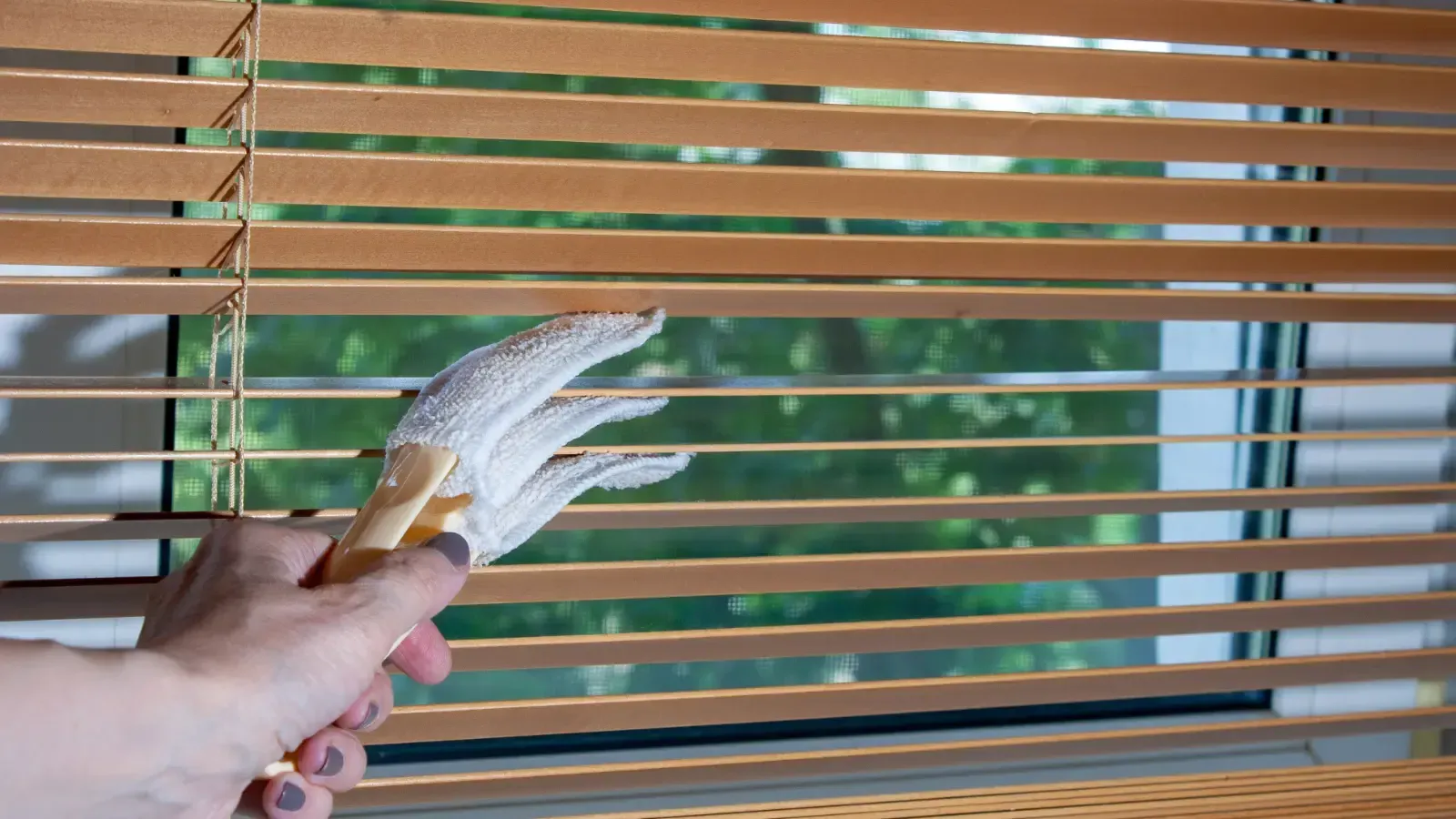
If your blinds have turned yellow or lost their original color, they’re not adding charm anymore.
- Sun exposure causes bleaching, which throws off your room’s color palette.
- Discoloration can make walls and furniture look dull or mismatched.
- The faded look signals age and neglect, even if the rest of your home is well-maintained.
Replace sun-damaged blinds with UV-resistant materials such as
roller shades or plantation shutters that hold color longer.
Warped or Misshapen Blinds
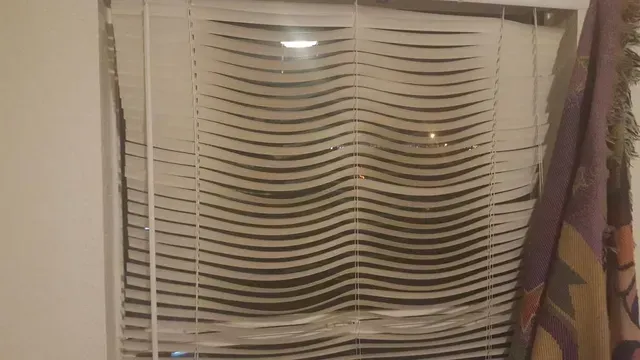
Moisture and heat can bend or twist blind slats. When that happens, your windows appear uneven, and the blinds stop closing properly.
- Warping often occurs in humid rooms like bathrooms or kitchens.
- It ruins symmetry and makes windows look distorted.
- It also affects privacy and insulation.
Faux wood or composite blinds are better replacements since they resist warping in humid climates like North Carolina’s.
Broken Mechanisms or Tangled Cords
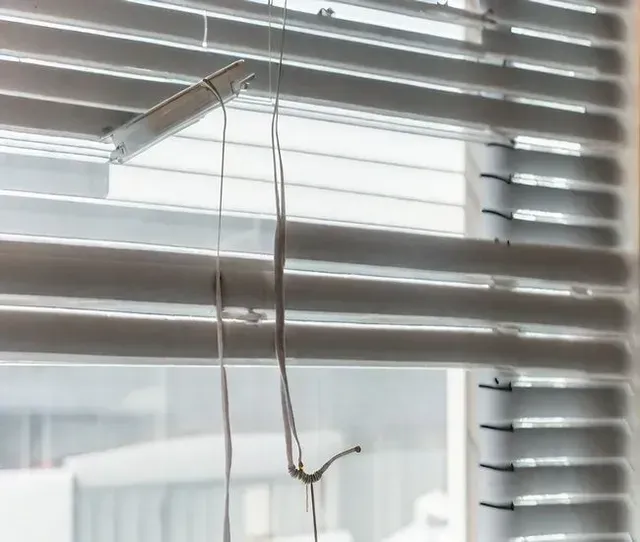
If you struggle to raise, lower, or tilt your blinds, they’re past their prime. Tangled cords and jammed mechanisms make daily use frustrating and unsafe.
- Mechanical wear reduces functionality and appeal.
- Tangled cords can be a hazard, especially in homes with children or pets.
- Blinds that don’t move smoothly look neglected.
Consider motorized or cordless window treatments. They provide clean operation and a modern appearance.
Style Mismatch with Your Design
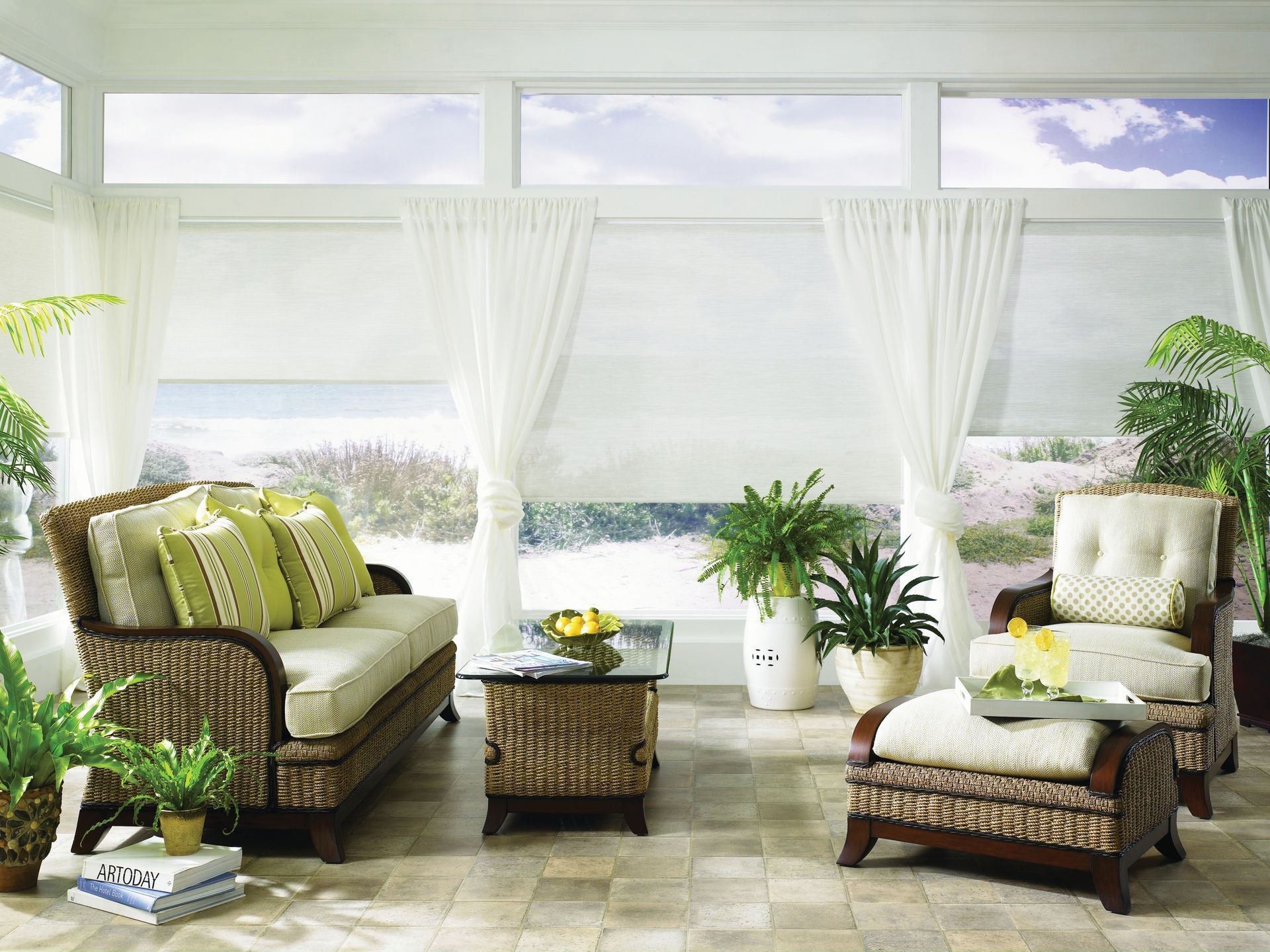
Even if your blinds still work, they may not fit your updated interior style. A dated pattern or color can instantly clash with your decor.
- Heavy blinds in minimalist rooms feel bulky and out of place.
- Aluminum or vinyl blinds often don’t suit modern, soft-toned interiors.
- Old-fashioned valances can break visual harmony.
When updating decor, make sure your window treatments reflect the same tone and texture as your furniture and color palette.
Poor Light Control and Glare
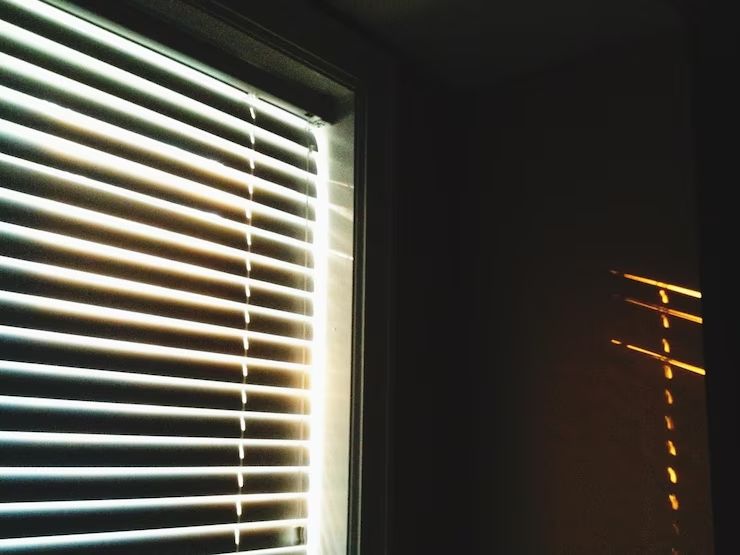
Your blinds should manage light effectively. When they don’t, your rooms lose comfort and usability.
- Gaps or bent slats let glare through, making screens hard to see.
- Insufficient coverage reduces privacy.
- Poor control affects mood and atmosphere.
Layered treatments like Roman shades or blackout roller shades give better flexibility in managing both natural light and privacy.
Reduced Energy Efficiency
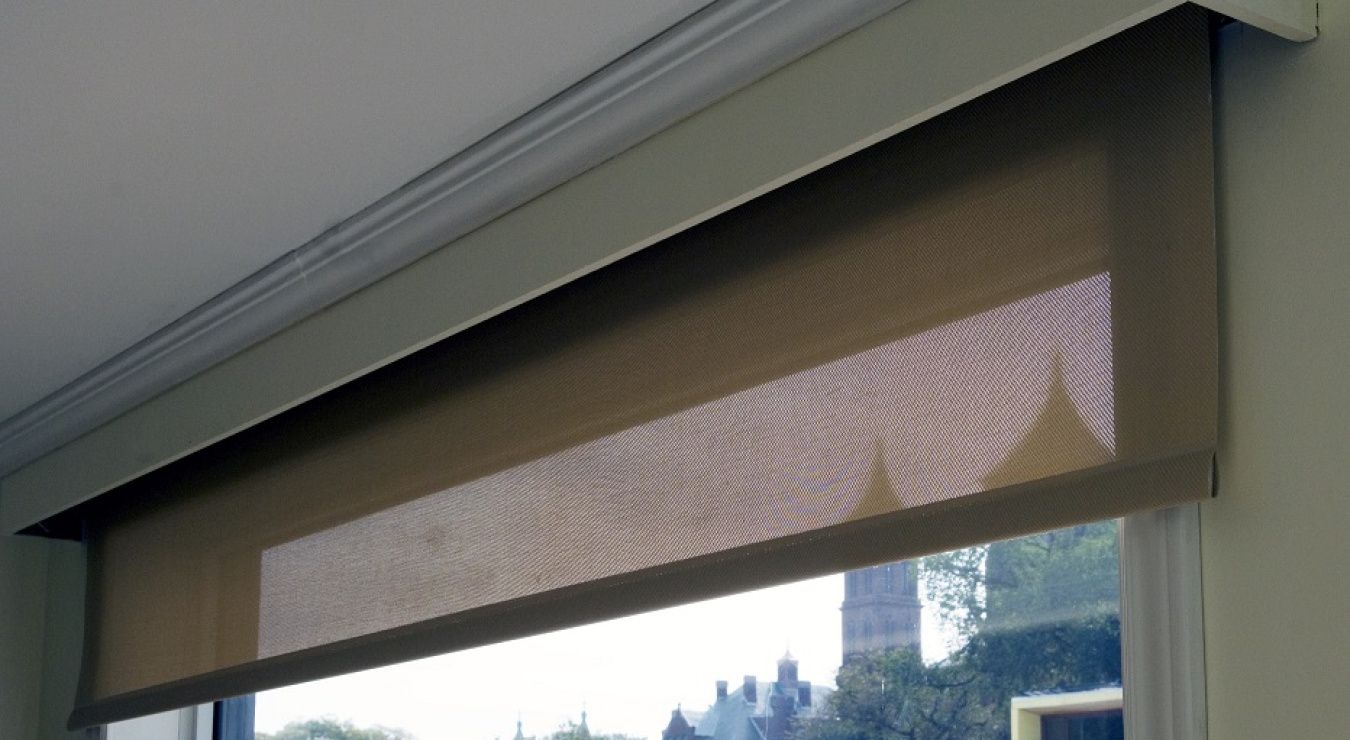
Old or thin blinds let air leak in or out, making your heating and cooling systems work harder.
- Windows are one of the main sources of energy loss.
- Insufficient insulation can cause higher energy costs.
- Drafts around windows make rooms feel less comfortable.
Cellular or honeycomb shades trap air inside their structure, improving insulation without compromising style.
Dust, Dirt, and Allergen Build-Up
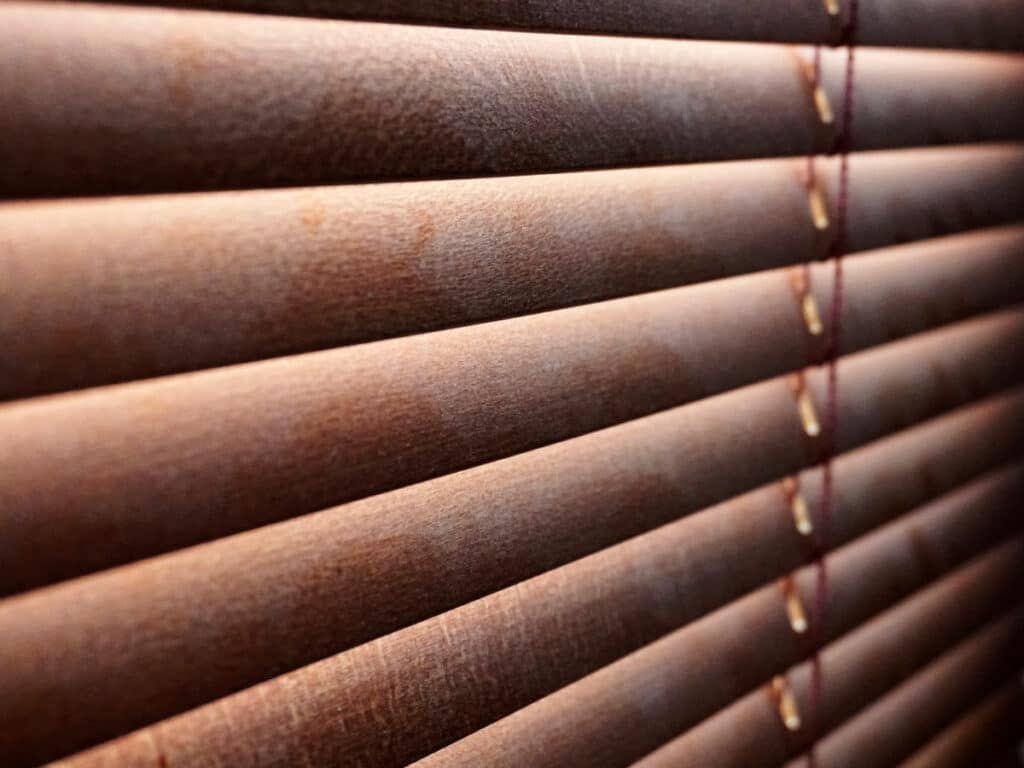
Dusty blinds affect more than just aesthetics. They can also impact indoor air quality.
- Dust and allergens collect easily between slats.
- Fabric blinds absorb odors and particles.
- Constant cleaning can become tedious and time-consuming.
Choose easy-to-clean options like faux wood blinds or smooth roller shades for healthier living spaces.
Repair or Replace: How to Decide
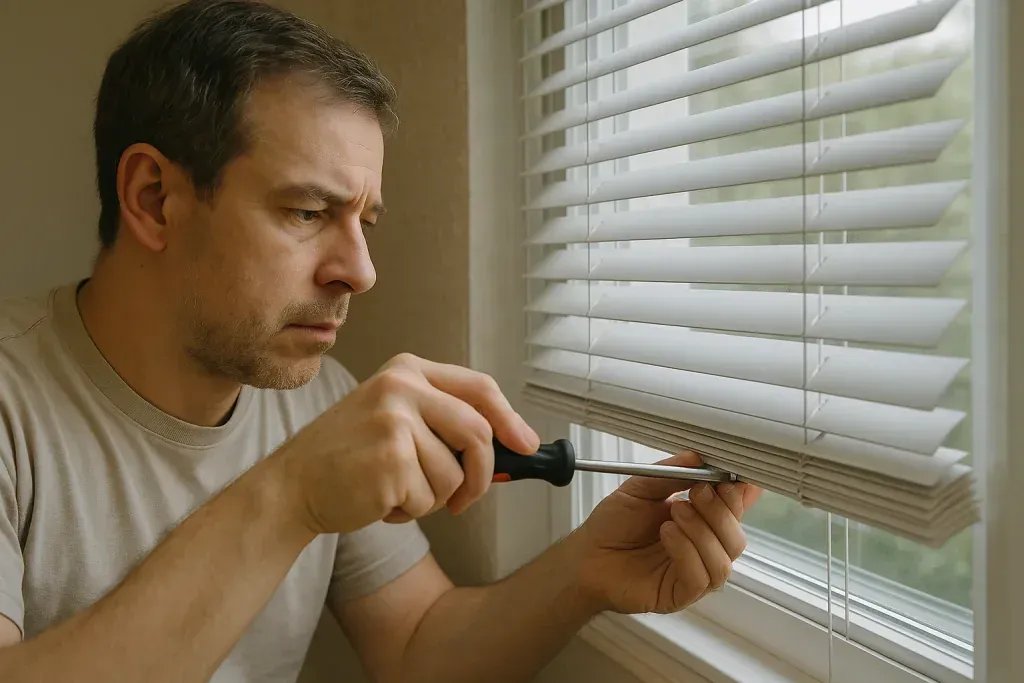
Sometimes blinds can be repaired, but not always. Use this quick guide:
- Replace if the slats are warped or discolored.
- Repair if cords or mechanisms are slightly misaligned.
- Replace if the style no longer fits your room’s decor.
- Replace if the material feels brittle or cracked.
When you compare time, maintenance, and performance, replacements often provide better long-term value and design cohesion.
Best Alternatives: What to Replace Your Blinds With
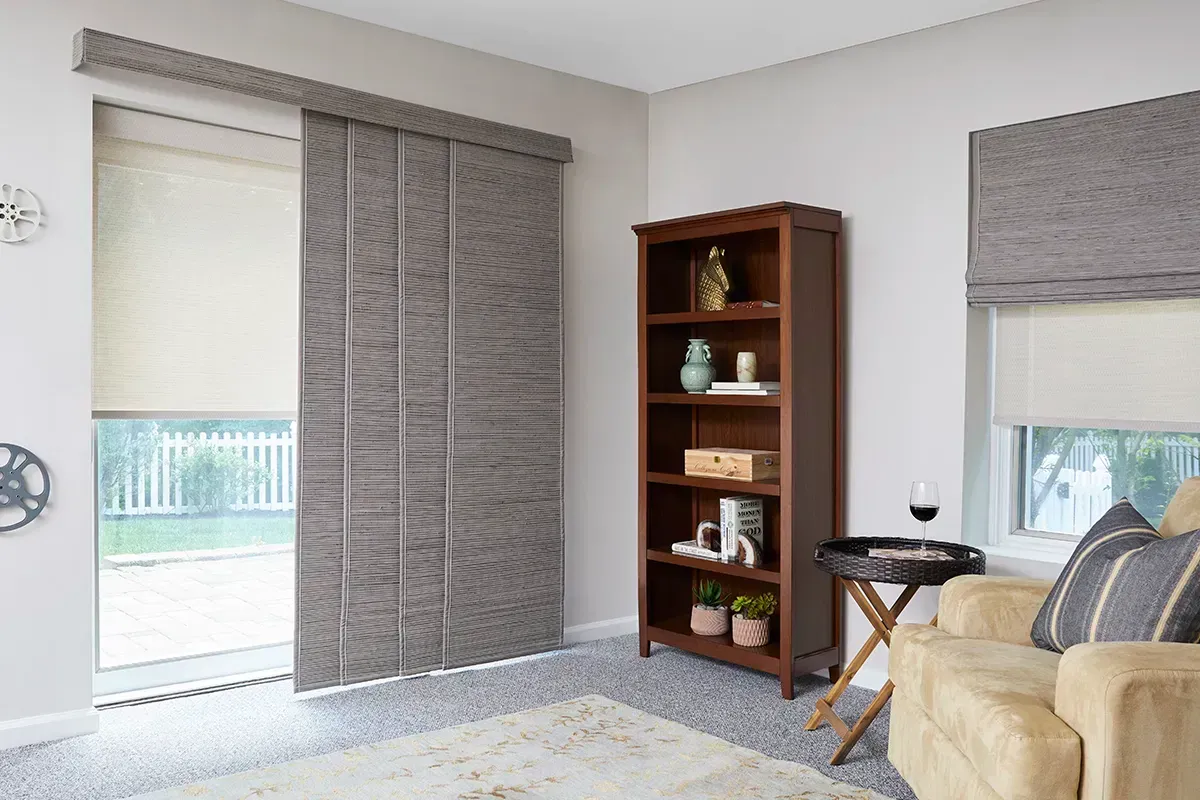
If your current blinds are outdated, several modern options can elevate your space and improve functionality.
Roman Shades
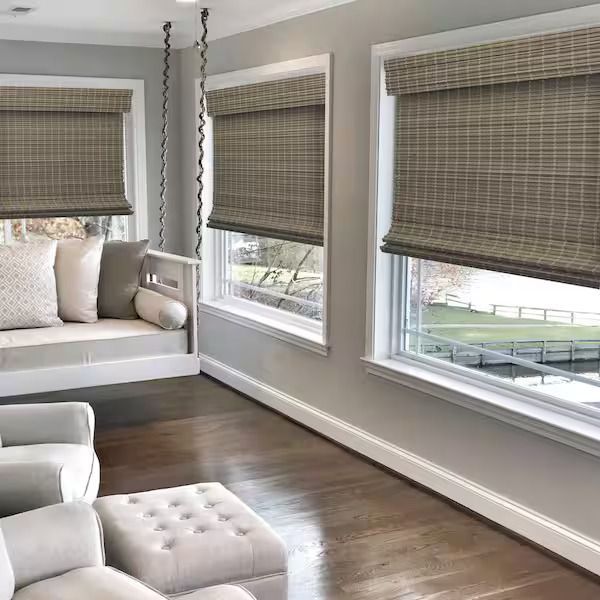
Roman shades combine the softness of drapes with the practicality of blinds.
- Suitable for both traditional and modern rooms.
- Available in various fabrics, patterns, and folds.
- Add warmth, depth, and texture to interiors.
Plantation Shutters
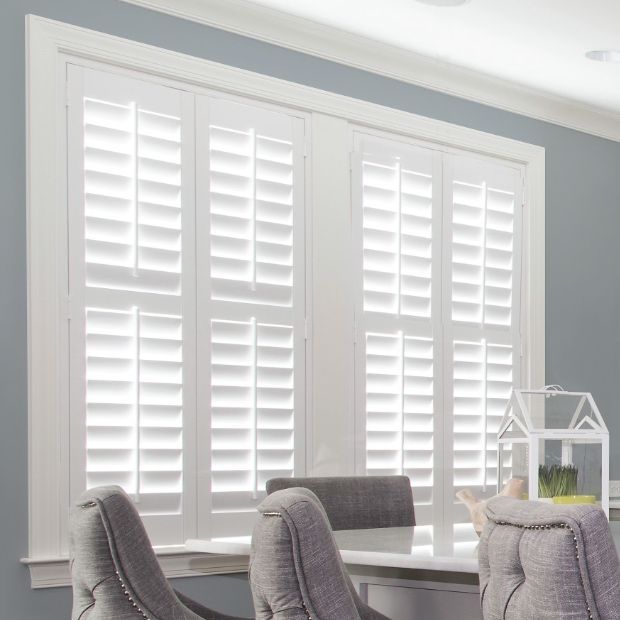
Plantation shutters offer timeless elegance and excellent light control.
- Made from durable wood or composite materials.
- Provide insulation and privacy.
- Fit well in Southern and coastal homes for a classic aesthetic.
Cellular or Honeycomb Shades
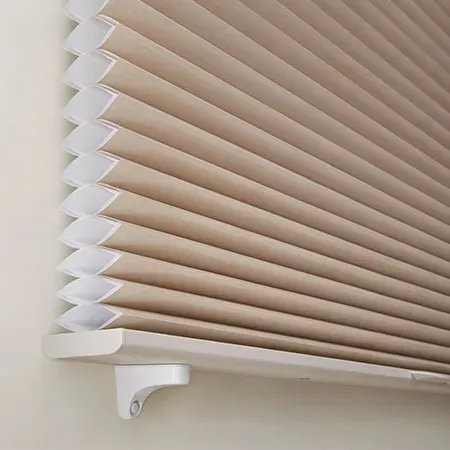
Cellular shades improve energy efficiency while maintaining a refined look.
- Trap air for natural insulation.
- Available in single or double-cell constructions.
- Excellent choice for temperature regulation and privacy.
Motorized or Smart Window Treatments
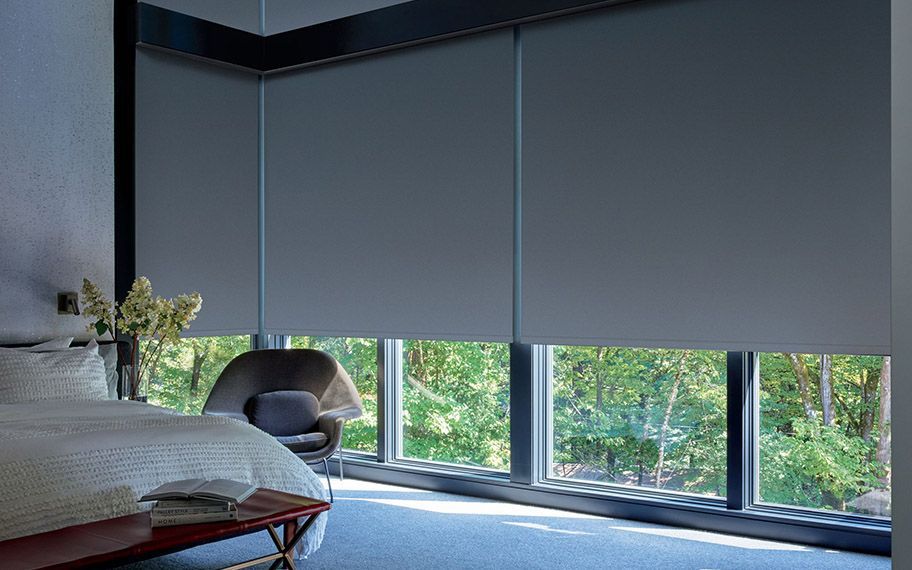
Motorized blinds are a modern solution for convenience and safety.
- Operated with remote controls or smart home systems.
- Eliminate cords, improving child and pet safety.
- Add a high-end feel to living areas or offices.
Faux Wood or Composite Blinds
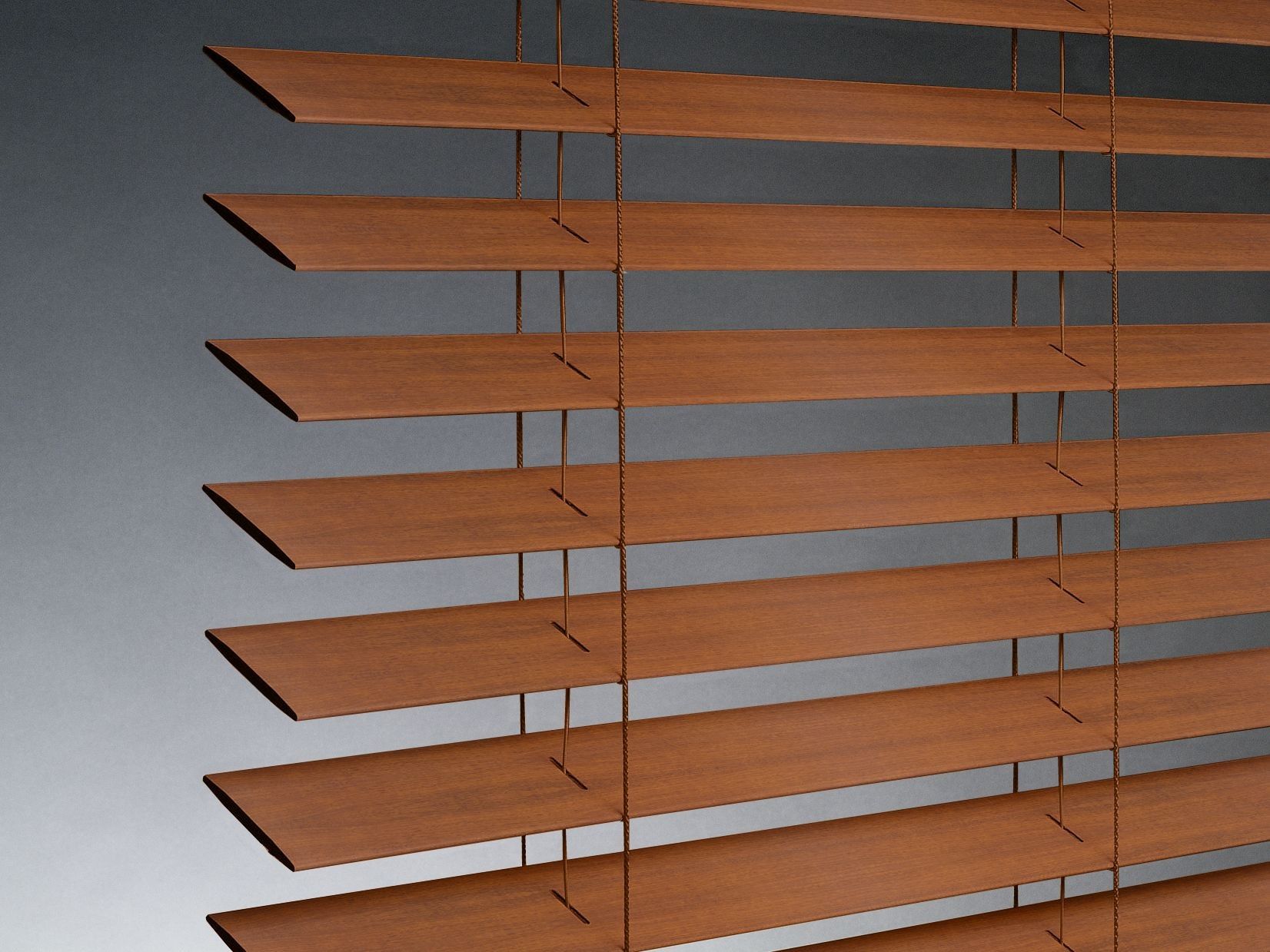
Faux wood blinds offer the appearance of natural wood without the maintenance.
- Moisture-resistant and durable.
- Ideal for kitchens, bathrooms, and laundry rooms.
- Easy to clean and long-lasting.
Choosing the Right Replacement: Room-by-Room Guide
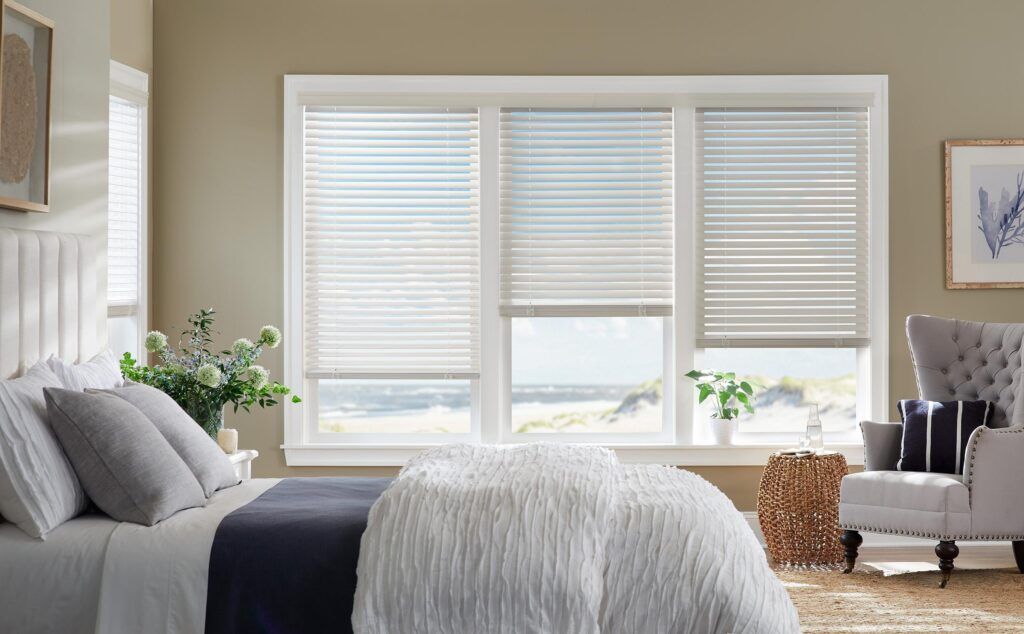
Different rooms have different needs. Match your window treatment to each room’s purpose.
Living Room
- Use layered drapes or Roman shades for warmth and style.
- Consider light-filtering fabrics for natural brightness.
Bedroom
- Choose blackout roller shades for full privacy and sleep comfort.
- Combine them with sheer curtains for daytime flexibility.
Kitchen
- Select moisture-resistant faux wood blinds or roller shades.
- Keep materials easy to wipe clean.
Bathroom
- Opt for composite shutters or PVC blinds that resist humidity.
Home Office
- Use cellular shades to control glare while allowing natural light.
Maintenance and Longevity Tips
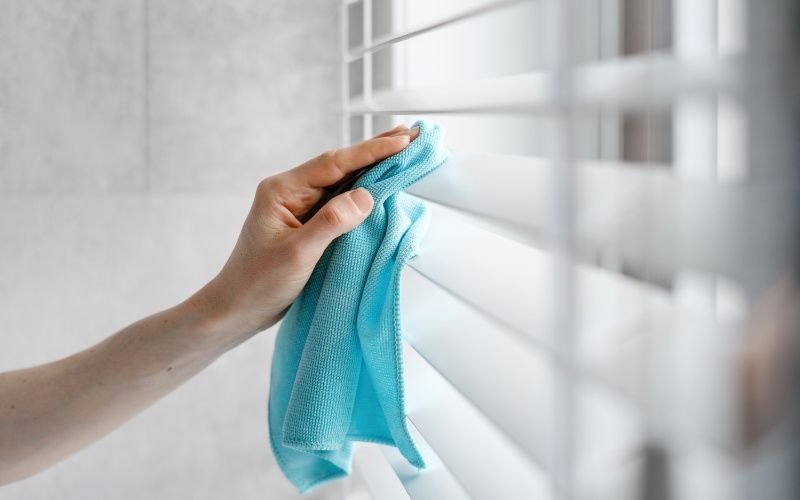
After upgrading, proper care extends the life of your new window treatments.
- Dust blinds regularly with a microfiber cloth.
- Vacuum fabric shades with a soft brush attachment.
- Avoid harsh chemicals that can damage finishes.
- Check moving parts periodically to maintain smooth operation.
Small maintenance habits keep your replacements looking fresh for years.
The Long-Term Value of Window Treatment Upgrades
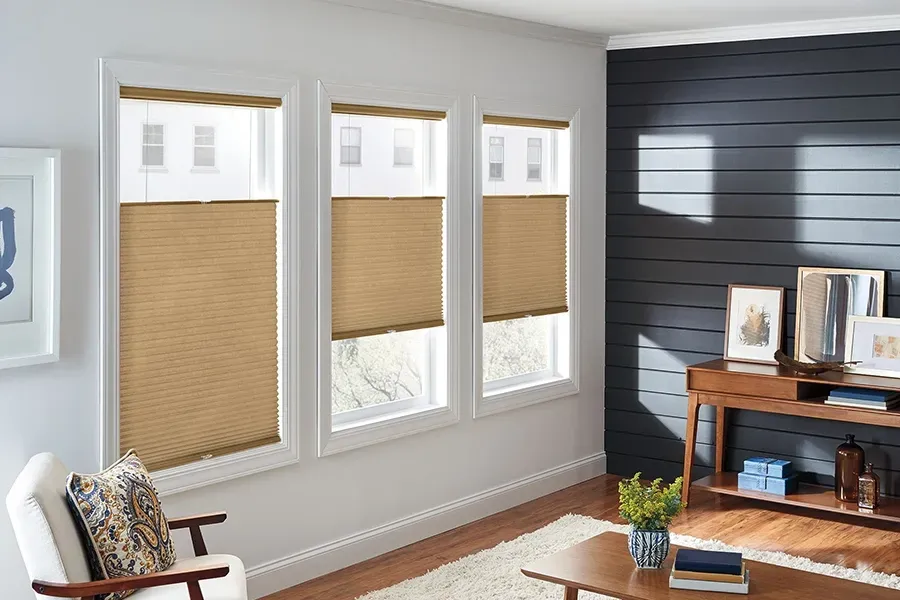
Upgrading your blinds improves both aesthetics and comfort. New window treatments increase property appeal and energy efficiency. The right choice balances beauty, performance, and maintenance needs.
At Love Is Blinds NC, we help homeowners choose window treatments that suit their design goals and lifestyle. Whether you want a sleek, modern look or classic Southern charm, the right replacement brings lasting harmony to your home. If you’re ready to enhance your space with
professional blinds installation in North Carolina, our team can ensure every window looks polished, functional, and perfectly matched to your home’s interior.

